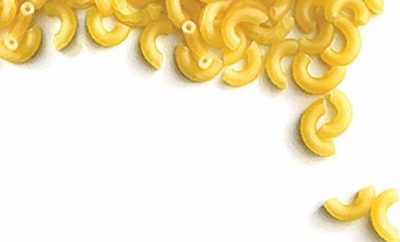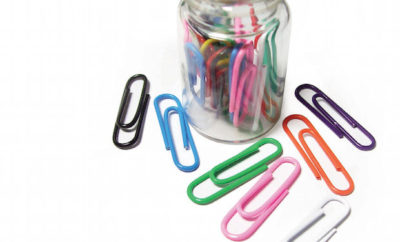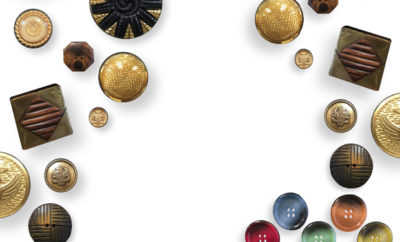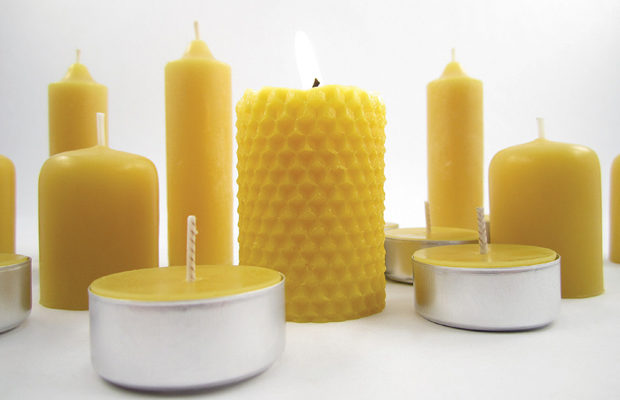 COURTESY 100CANDLES.COM
COURTESY 100CANDLES.COM
Feature
Extra Ordinary: Hot Wax
IT IS AN EVERYDAY OBJECT OF DESIRE, a model of simplicity with a design that is sleek and virtually flawless. In its most basic form, there are only two components, wax and cotton, and it can be made equally well by machine or by hand, very inexpensively. It has burned steadily through the Iron Age, the Dark Ages, the Age of Enlightenment, and the Atomic Age, and has served as metaphor, symbol, and general inspiration for almost as long.
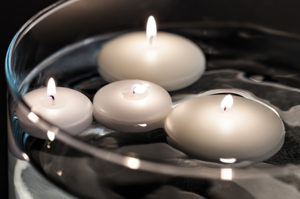
COURTESY TOADILYHANDMADEBEESWAXCANDLES.COM
Oh, the candle. This indispensable wax-and-wick marvel is in fact so humble that history has no record of its beginnings, but they probably trace back to two innovative civilizations, the Romans and the Egyptians. Centuries before the Common Era, both developed the candle that is similar to what we use today. There have been refinements—braided rather than twisted wicks, better wax—but Caesar and Ptolemy would surely recognize today’s candle as the direct descendant of theirs.
During the American Revolution, Abigail Adams, the estimable wife of John Adams wrote in a letter, “my candle and my pen are all my companions.” That’s a poignant message, and a reminder of just how central to life the candle once was. Thomas Edison’s lightbulb went into production just a century later. Once electricity was widely available, the candle could have gone the way of the washboard and the hand-crank phonograph, trotted out for dinner parties, birthday cakes, power outages, and Liberace’s piano. For a time, it did.
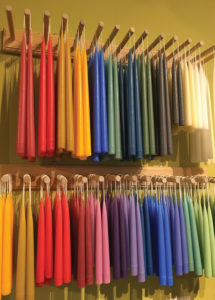
NICOLE ANDERSON PHOTO
But something odd happened in the 1990s: in the midst of the global digital revolution, candles suddenly became a hot commodity, and have remained so. Sales in the United States alone are two billion dollars a year. Candles are used in every room of the house, indoors and out. They come in a huge array of colors and scents, with dizzying descriptions: “a luxurious retreat in front of a cozy hearth, warm with the aroma of cedarwood and sage”; “a mix of cut grass and wild flowers, it directly transports you to the time of grain harvesting.” And yet the candle remains a simple thing, and perhaps its new popularity isn’t so odd, after all. A candle needs no routers, updates, passwords, or switches. And as Edna St. Vincent Millay reminds us, “it gives a lovely light.”


